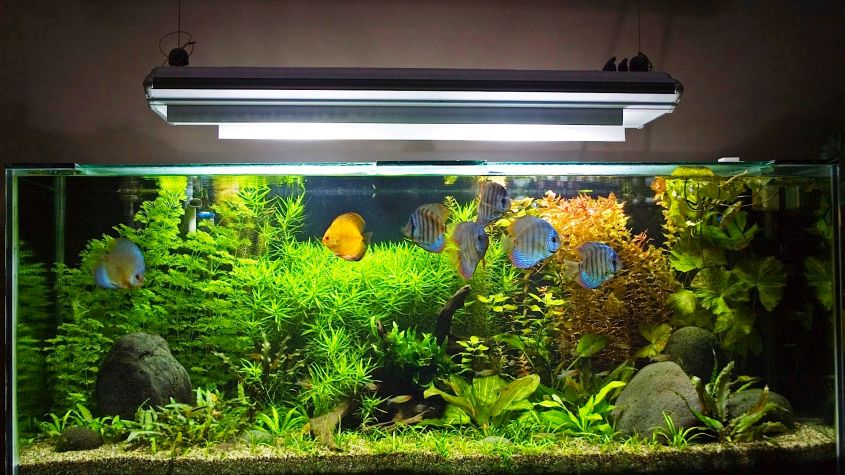Index Surge: Amplifying Your Insights
Stay updated with the latest trends and news across various industries.
Aquarium Blues: How to Keep Your Fish from Throwing a Tantrum
Discover expert tips to prevent fish tantrums and create a happy aquarium. Dive into the secrets of a stress-free aquatic world!
5 Common Stressors in Home Aquariums and How to Combat Them
Maintaining a home aquarium can be an enjoyable and rewarding experience, but it also comes with its fair share of challenges. One of the most common stressors in home aquariums is poor water quality. High levels of ammonia, nitrites, or nitrates can lead to toxic conditions for your fish. Regular testing of the water parameters and performing routine water changes help ensure a healthy environment. Additionally, overfeeding is another frequent pitfall, as uneaten food decomposes and pollutes the water. To combat this, feed only the amount your fish can consume within a few minutes.
Another significant stressor is inadequate tank size. Many hobbyists underestimate the space required for their aquatic pets, which can lead to overcrowding and heightened aggression. It’s essential to research the adult size of your fish and ensure they have ample space to swim and establish territories. Furthermore, sudden changes in water temperature or pH can shock your fish, causing stress. Implementing a consistent heating and filtration system, along with gradual acclimatization when introducing new fish, can help maintain stability in your aquarium. By addressing these common stressors, you can create a thriving aquatic environment.

Are Your Fish Stressed? Signs to Watch For and Solutions
Fish, like any other pets, can experience stress that affects their health and behavior. Recognizing the signs of stressed fish is crucial for any aquarist. Some common indicators include excessive hiding, where fish retreat to secluded areas instead of swimming freely, and changes in their eating habits, such as decreased appetite. Other visible signs might include rapid gill movement, unusual swimming patterns like darting or hovering, and visible physical symptoms like faded colors or clamped fins. Monitoring your fish closely can help you identify these signs early on.
Once you've identified that your fish may be stressed, there are effective solutions to alleviate their discomfort. First, assess water quality by testing for parameters such as pH, ammonia, nitrites, and nitrates, ensuring they are within the appropriate range for your specific species. Additionally, consider providing hiding spots with plants or decorations, which can create a sense of security for your fish. Finally, maintain a consistent feeding schedule and avoid sudden changes to their environment to reduce stress levels. Implementing these strategies can lead to a healthier, happier aquarium overall.
Creating a Peaceful Aquarium Environment: Tips for Happy Fish
Creating a peaceful aquarium environment is crucial for the health and happiness of your fish. A tranquil setting not only reduces stress but also encourages natural behaviors, leading to vibrant and lively aquatic life. To cultivate this serene habitat, start by choosing the right tank size for your fish species, ensuring they have ample space to swim and explore. Additionally, consider incorporating various aquascaping elements such as plants, rocks, and driftwood, which provide hiding spots and territorial boundaries essential for fish to feel secure.
Another important factor in maintaining a peaceful aquarium environment is monitoring water parameters such as temperature, pH levels, and ammonia content. Use high-quality filtration systems to keep the water clean and stable, and perform regular water changes to promote optimal conditions. Moreover, it's essential to avoid overcrowding the tank and to choose fish species that are known to coexist peacefully. By following these tips, you can create a truly harmonious underwater world where your fish thrive and display their most beautiful behaviors.